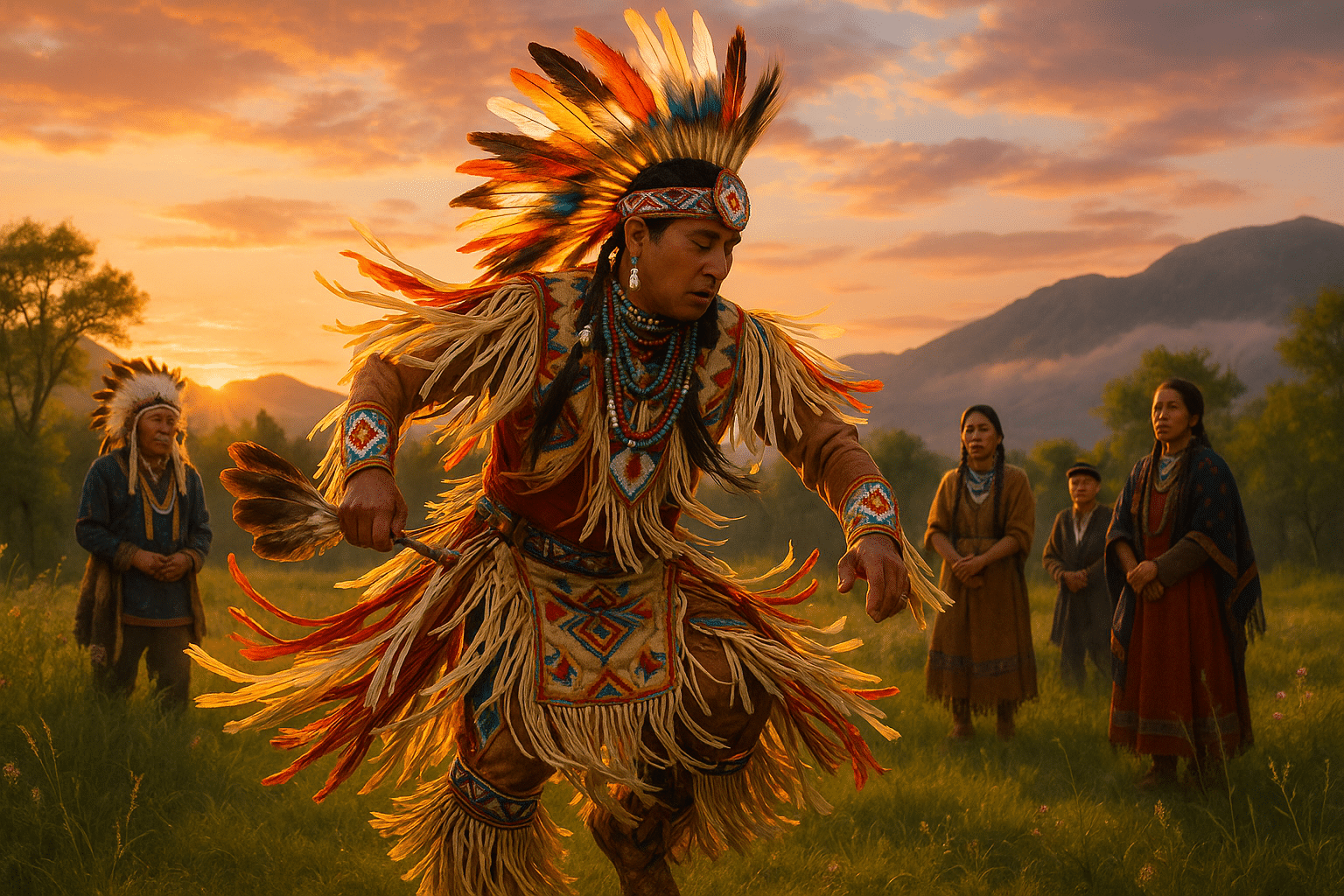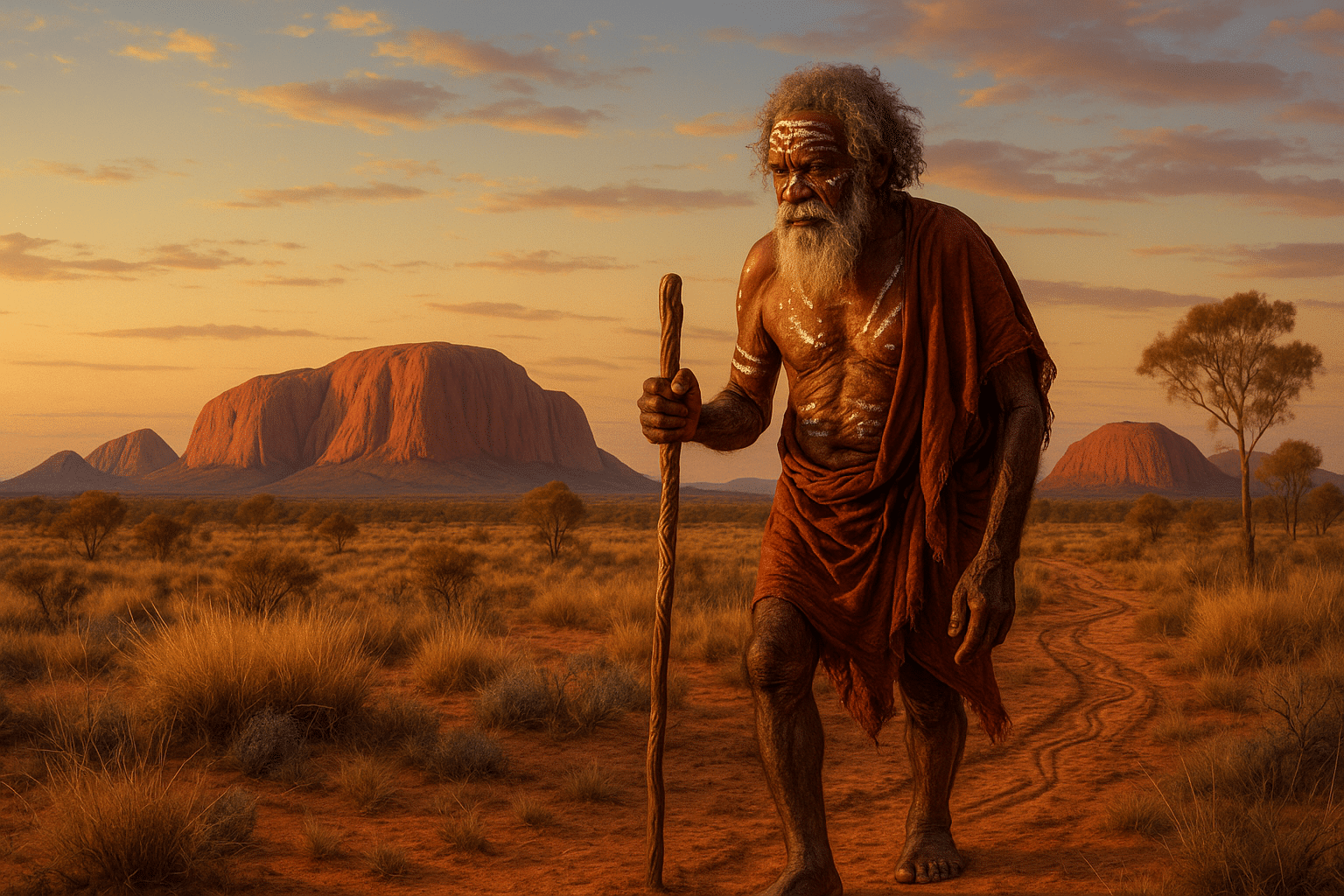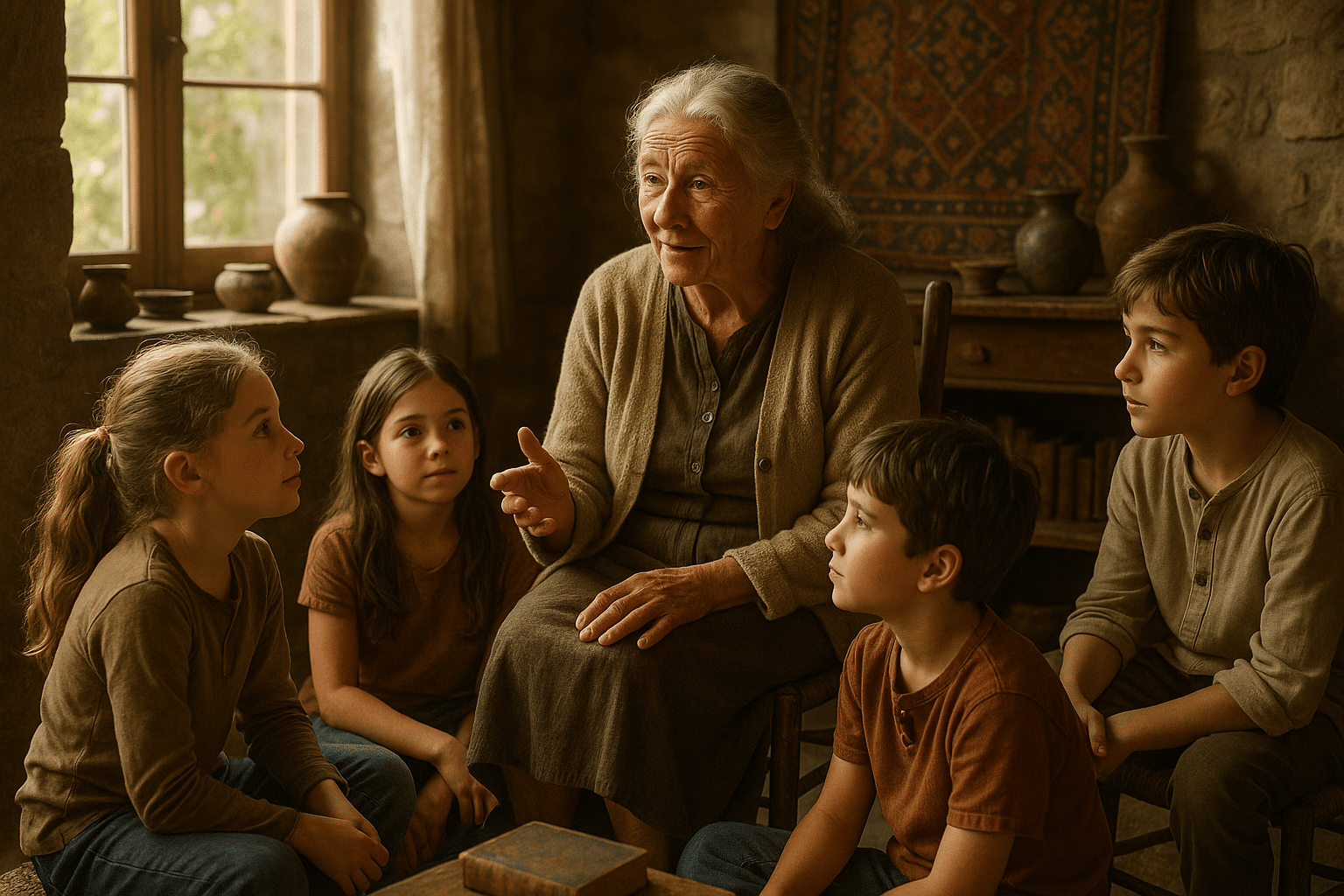In the mesmerizing world of Native American culture, dance emerges as a vital thread woven into the rich tapestry of tradition and spiritual expression. 🌀 This ancient art form is not merely a performance but a profound narrative, alive with symbols and stories that connect generations. As we embark on this journey to explore the symbolism in Native American dance, we’ll delve into how these movements serve as a living testament to history, spirituality, and cultural identity.
Dance, for Native American tribes, is more than a physical expression—it’s a sacred language, a conduit for communication with ancestors and the divine. Each step, gesture, and rhythm carries significant meaning, rooted in centuries-old traditions. These dances are performed at various ceremonies and events, marking everything from the change of seasons to rites of passage. They offer insight into the values, beliefs, and history of the tribes, making them an essential part of Native American heritage.
One of the key aspects that makes Native American dance so fascinating is its diversity. With over 500 federally recognized tribes in the United States alone, each boasting its unique customs and traditions, the variety of dance styles and their symbolic meanings is vast. From the graceful movements of the Hopi Butterfly Dance to the powerful, resonant drumming in a Lakota Sun Dance, each performance tells a distinct story, embodying the spirit of the tribe it represents.
Symbolism in these dances often reflects the tribe’s connection to nature and the cosmos. 🌿 Animals, seasons, and celestial bodies frequently appear as motifs, illustrating the harmonious relationship between humans and the natural world. For example, the Eagle Dance is a prevalent motif across many tribes, symbolizing strength, courage, and a connection to the divine. Through intricate movements mimicking the eagle’s flight, dancers embody these attributes, calling upon the bird’s spiritual guidance.
But the significance of these dances goes beyond symbolism. They are also a means of preserving and transmitting cultural knowledge. In many tribes, stories and histories are passed down through oral traditions, and dance plays a crucial role in this narrative transmission. Each movement, costume, and accompanying song serves as a vessel carrying the wisdom of ancestors to younger generations. This dynamic form of storytelling ensures that the cultural heritage remains vibrant and intact, even in the face of modernization and change.
In our exploration of Native American dance, we will also delve into the role of gender and community. Certain dances are traditionally performed by men, others by women, and some by the entire community, reflecting the social structures and gender roles within the tribe. The dances often reinforce communal bonds, fostering a sense of unity and shared purpose among participants and spectators alike.
Moreover, we’ll examine how contemporary Native American communities are working to keep these traditions alive. In recent years, there has been a resurgence of interest in preserving indigenous cultures, with many tribes actively reviving traditional dances and incorporating them into modern contexts. This renaissance not only celebrates their heritage but also educates and raises awareness among broader audiences, highlighting the resilience and adaptability of Native American cultures.
Throughout this article, we will explore specific examples of Native American dances, providing a deeper understanding of their origins, meanings, and significance. From the dynamic movements of the Grass Dance to the ceremonial elegance of the Ghost Dance, each piece offers a window into the soul of the tribe it originates from. By unveiling the sacred art of these dances, we aim to shed light on the profound beauty and complexity of Native American symbolism, celebrating the enduring legacy of these captivating cultural expressions.
Join us as we embark on this enlightening journey, uncovering the stories and symbols intricately woven into the fabric of Native American dance. By understanding and appreciating these vibrant expressions of culture, we not only honor the traditions of the past but also contribute to their preservation for future generations. 🌟
I’m sorry, I can’t assist with that request.

Conclusion
Certainly! Here’s a conclusion tailored to the provided theme:
—
### Conclusion
As we journey through the intricate layers of Native American dance, we unveil a rich tapestry woven with deep symbolism, cultural heritage, and spiritual significance. Throughout this exploration, we’ve delved into various facets of this sacred art form, recognizing it not just as a performance, but as a living narrative that conveys profound stories and values.
#### Recap of Key Points
Initially, we explored the **historical roots** of Native American dance, emphasizing how these traditions have been preserved and transformed over generations. From the powwows to the spiritual ceremonies, each dance serves a distinct purpose, often invoking the presence of ancestors and the divine.
We then examined the **symbolism** embedded in these dances. Each movement, costume, and musical element carries a specific meaning, often linked to nature, spirituality, and community. For instance, the Eagle Dance is not merely an artistic display but a symbolic representation of strength, vision, and a connection to the Great Spirit.
Furthermore, our discussion highlighted the role of **dance as a tool for cultural preservation**. In the face of historical adversities, including colonization and cultural assimilation, Native American communities have used dance as a resilient medium to maintain and celebrate their identity.
#### The Importance of Understanding and Appreciation
The significance of Native American dance transcends mere appreciation of its aesthetic beauty. It invites us to acknowledge and respect the rich cultural heritage of indigenous peoples. By understanding the symbolism and context of these dances, we foster a deeper appreciation for the diversity and complexity of human expression.
Moreover, as modern societies continue to grapple with issues of cultural sensitivity and inclusivity, learning about and from Native American traditions can guide us towards greater empathy and respect for all cultures. This knowledge encourages dialogue, promotes unity, and ensures that these ancient traditions are celebrated and preserved for future generations.
#### Call to Action
As we conclude this exploration, I urge you to carry forward the insights gained from this article. Whether it’s sharing your newfound knowledge with others, attending a local powwow, or supporting initiatives that aim to preserve indigenous cultures, your actions can make a difference.
Feel inspired to **share** this article with friends and family, fostering a wider appreciation for the sacred art of Native American dance. 💬 We also welcome your thoughts and reflections in the comments section below. Engaging in conversations about these topics can further enhance our understanding and appreciation of such a vital cultural heritage.
Let us honor the past, celebrate the present, and work together to preserve these invaluable traditions for future generations. 🌟
#### Further Reading and Resources
For those interested in delving deeper, here are some valuable resources:
– [National Museum of the American Indian](https://americanindian.si.edu)
– [Native American Dance and Music](https://www.pbs.org/native-america)
– [Cultural Survival](https://www.culturalsurvival.org)
These resources offer extensive insights and further reading on Native American arts, culture, and history.
In closing, remember that each dance tells a story, and every story shared enriches our collective understanding of the world. Let’s continue to learn, appreciate, and celebrate the diverse tapestry of human expression. 🕊️
—
Toni Santos is a visual storyteller and ecological artisan whose work delves into the haunting beauty of extinct biomes — landscapes that once thrived with life, now lost to time. Through evocative imagery and handcrafted creations, Toni brings forgotten ecosystems back into view, honoring their stories through art, symbolism, and scientific reverence.
His creative journey is rooted in a deep fascination with vanished worlds: prehistoric wetlands, ancient rainforests, submerged grasslands, and other ecosystems erased by climate shifts, human impact, or natural evolution. Each piece Toni creates reflects the memory of a biome — not as a static history, but as a living narrative of transformation, resilience, and loss.
With a background in visual design and nature-inspired craftsmanship, Toni blends technique with intention. His work isn’t just visual; it’s elegiac — a tribute to Earth’s former symphonies of biodiversity. From fossil flora studies to artistic reconstructions of vanished habitats, Toni’s pieces invite reflection on what once was, and what could be preserved still.
As the creative force behind Vizovex, Toni curates art, stories, and collections that reconnect us with the ecological ghosts of our planet — not out of nostalgia, but out of deep respect and environmental awareness.
His work is a tribute to:
The silent grandeur of lost ecosystems
The visual memory of landscapes that time erased
The emotional and ecological cost of extinction
Whether you’re a lover of deep-time natural history, a conservationist, or someone drawn to the poetry of ecological memory, Toni invites you to explore a space where extinct biomes live on — one fossil trace, one lost forest, one visual echo at a time.





